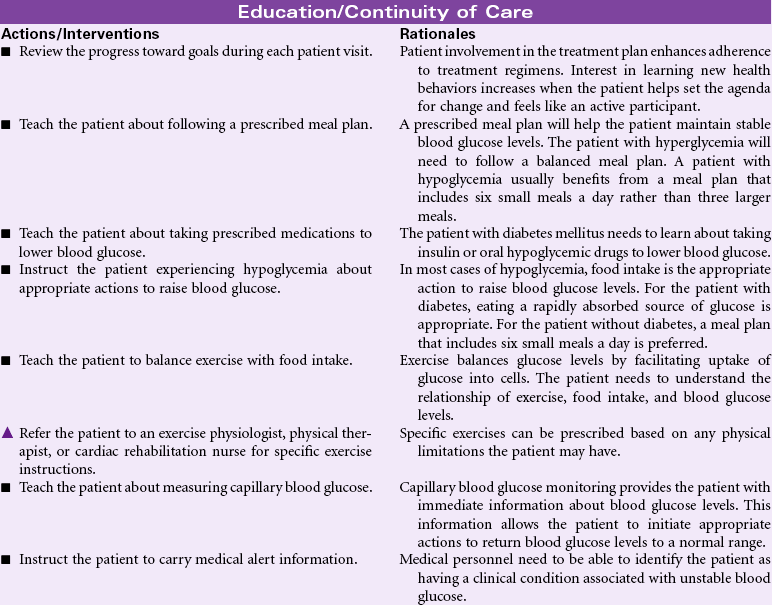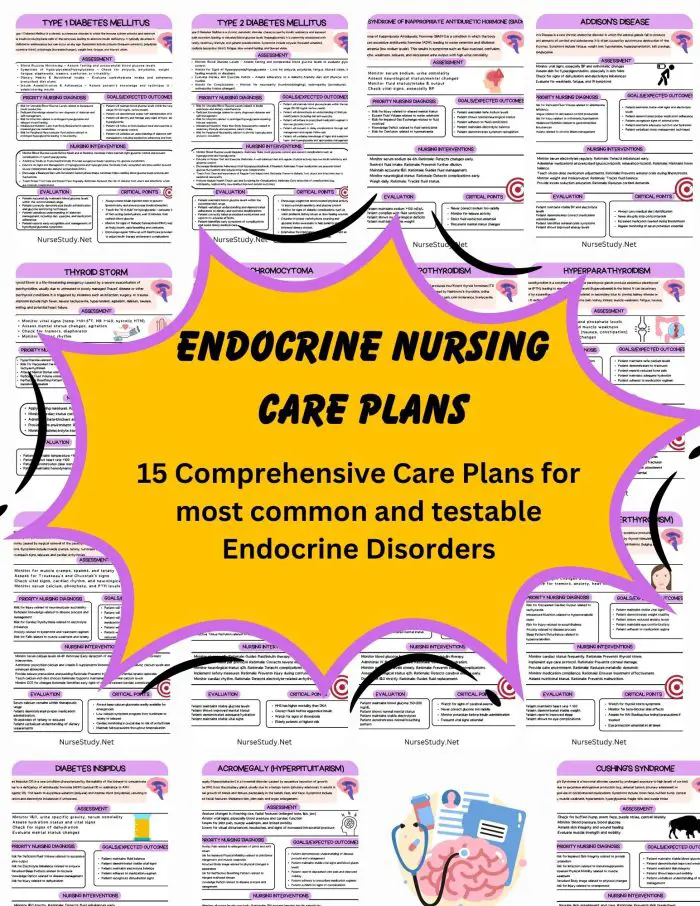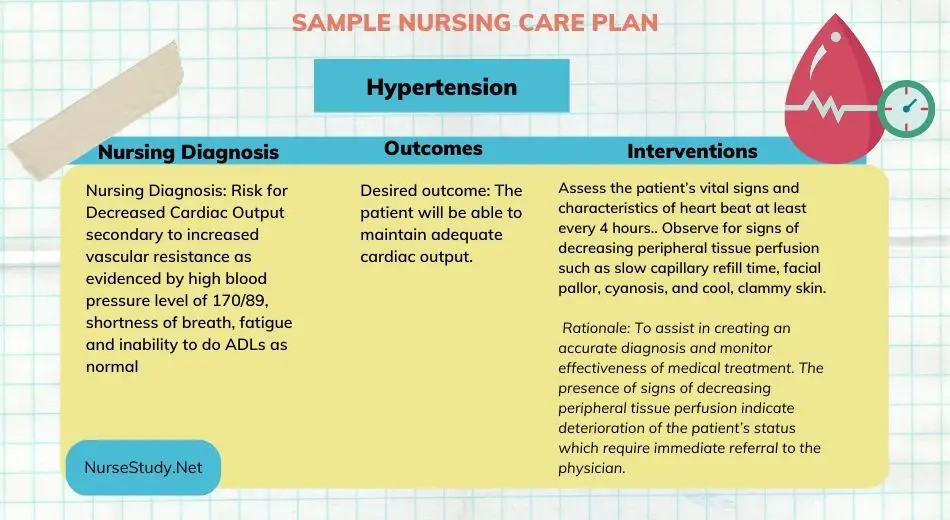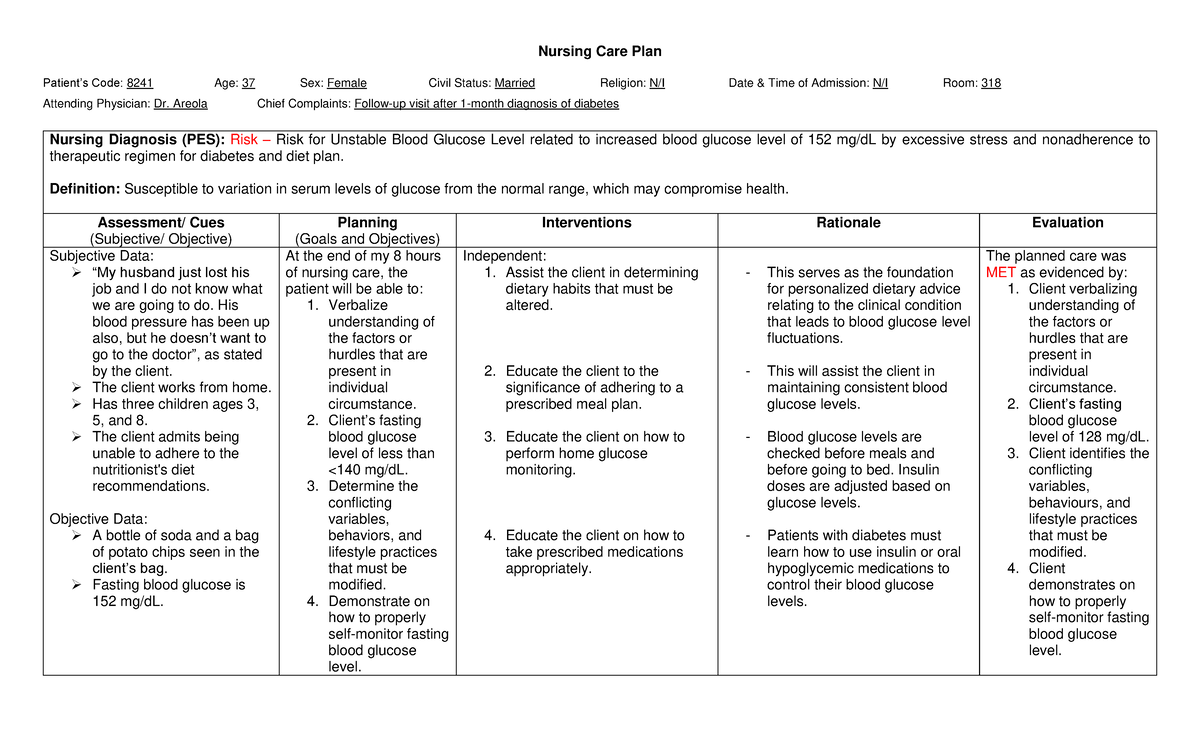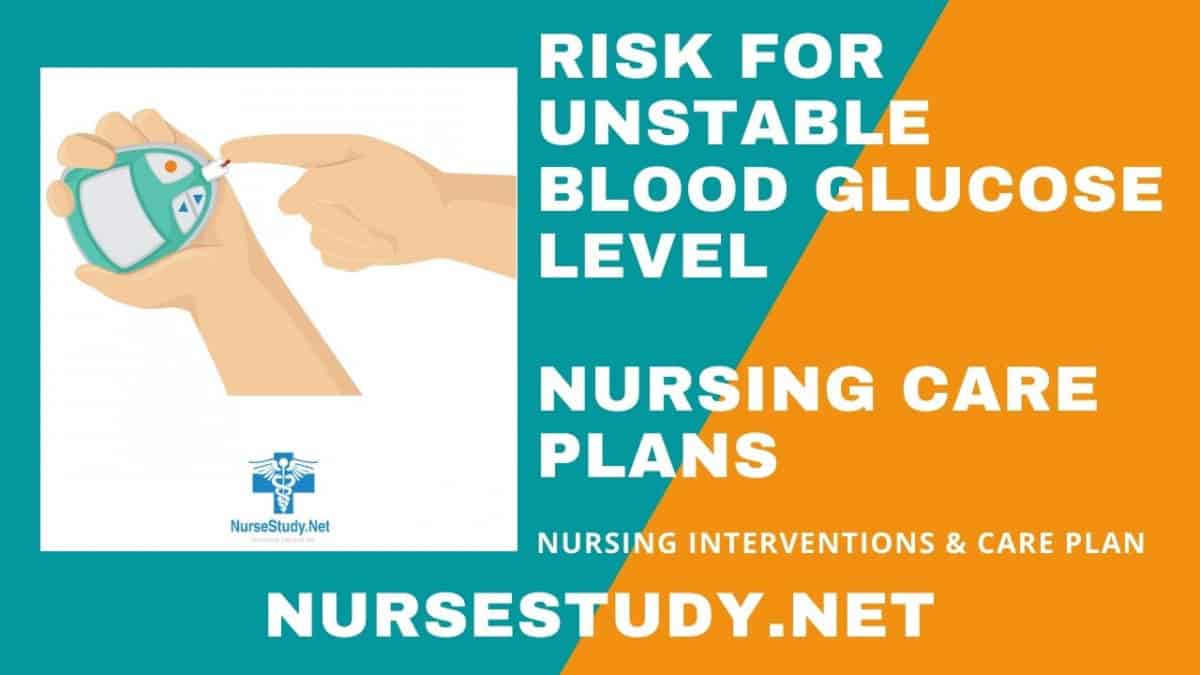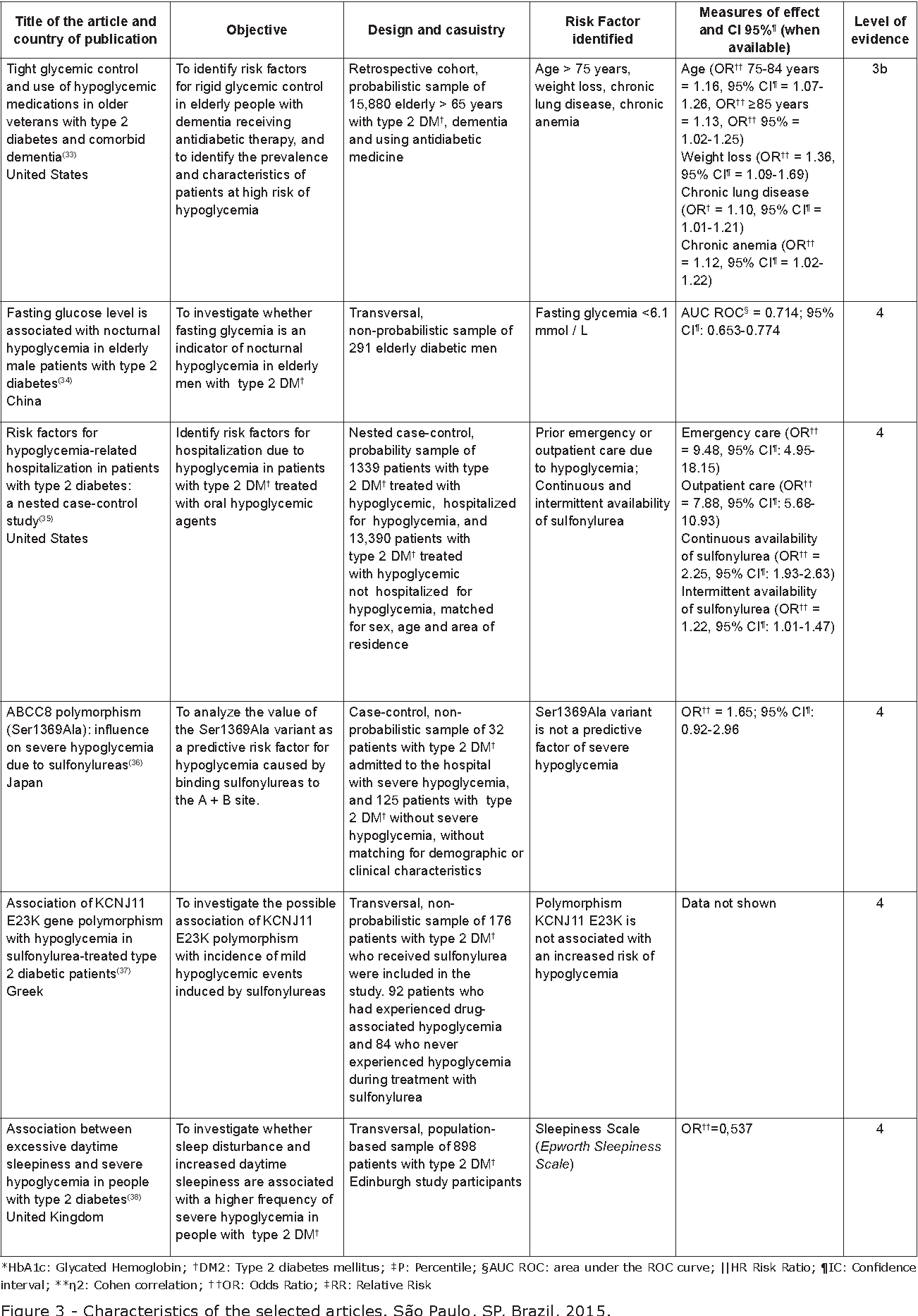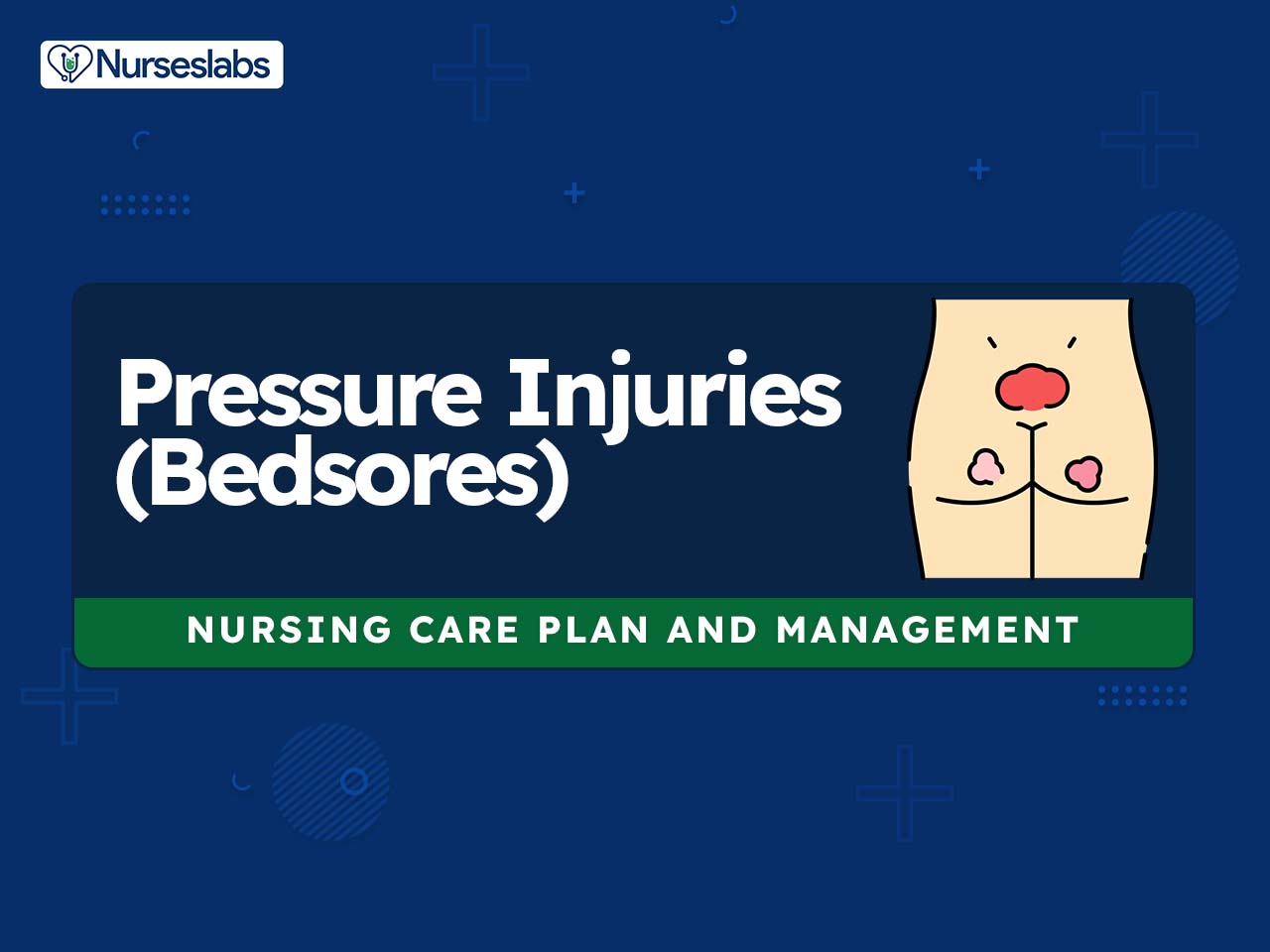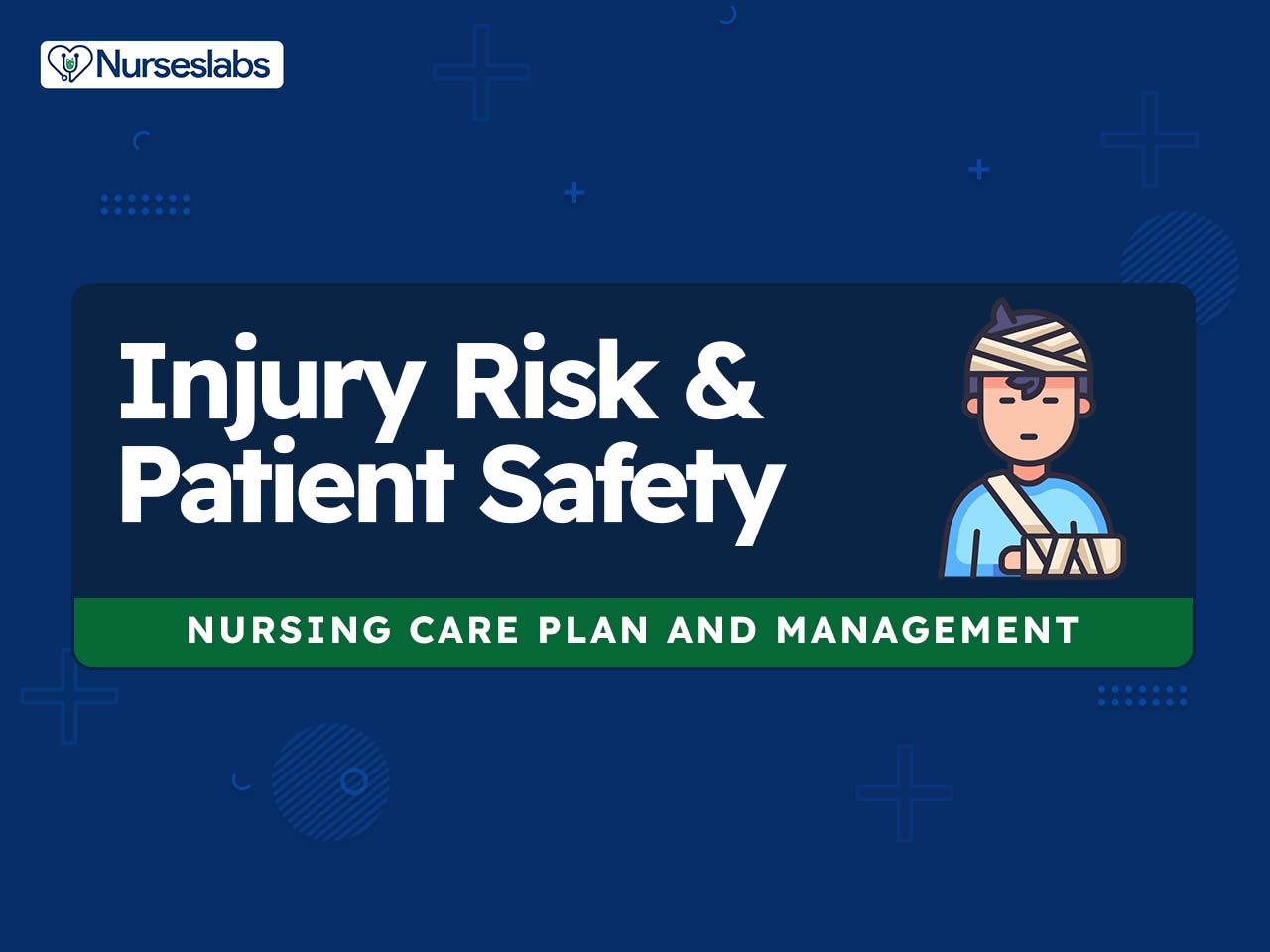Risk For Unstable Blood Pressure Nursing Diagnosis

Hospitals nationwide are facing a heightened alert: The nursing diagnosis, "Risk for Unstable Blood Pressure," is rapidly becoming a critical concern due to a confluence of factors impacting patient health and care delivery.
This diagnosis highlights the significant threat of unpredictable and potentially dangerous fluctuations in blood pressure, putting patients at increased risk for severe cardiovascular events. Understanding and addressing this risk is paramount to improving patient outcomes and alleviating strain on healthcare systems.
What is the 'Risk for Unstable Blood Pressure' Diagnosis?
The nursing diagnosis "Risk for Unstable Blood Pressure" identifies patients vulnerable to experiencing significant variations in their blood pressure outside the normal range. This includes both hypotension (low blood pressure) and hypertension (high blood pressure), and the rapid shifting between the two.
Fluctuations can stem from a variety of causes, including medication side effects, underlying medical conditions, dehydration, pain, stress, and even abrupt changes in position. Individuals with pre-existing cardiovascular disease, diabetes, kidney problems, and neurological disorders are particularly at risk.
Who is Most Vulnerable?
Elderly individuals represent a significant portion of the at-risk population due to age-related physiological changes and increased likelihood of comorbidities. According to the American Heart Association (AHA), the prevalence of hypertension increases with age, affecting approximately three-quarters of adults aged 75 and older.
Patients undergoing surgery or recovering from critical illness are also highly vulnerable due to the physiological stress and potential complications associated with these events. A 2023 study in the Journal of Critical Care found that unstable blood pressure was a predictor of increased mortality in ICU patients.
Certain medications, such as diuretics, antihypertensives, and some antidepressants, can contribute to blood pressure instability as well. Careful monitoring of medication effects and potential interactions is critical.
Where is This a Problem?
The increased risk for unstable blood pressure is being observed across various healthcare settings, from hospitals and intensive care units to outpatient clinics and long-term care facilities. Emergency departments are seeing a surge in patients presenting with symptoms related to uncontrolled blood pressure.
Rural and underserved communities may be disproportionately affected due to limited access to healthcare resources and preventative services. The lack of consistent monitoring and timely interventions can exacerbate the problem in these areas.
When is the Risk Highest?
The risk is often highest during periods of acute illness, medication changes, or significant life stressors. Post-operative patients are particularly vulnerable in the immediate hours and days following surgery.
Seasonal variations, such as extreme heat or cold, can also influence blood pressure and increase the risk of instability. During the recent heat waves, hospitals reported a significant increase in patients presenting with heat-related cardiovascular issues, including unstable blood pressure.
How is This Being Addressed?
Healthcare professionals are implementing several strategies to address the rising risk. Continuous blood pressure monitoring is becoming more prevalent, especially in critical care settings, to detect fluctuations early.
Standardized protocols for medication management and fluid balance are being implemented to minimize the risk of iatrogenic blood pressure instability. Nurse education initiatives are focusing on early recognition of signs and symptoms, and appropriate interventions.
Patient education is also crucial. Providing patients and their families with information about modifiable risk factors, such as diet, exercise, and stress management, empowers them to actively participate in their care. The National Institute of Nursing Research (NINR) is funding studies to develop effective strategies for patient education on blood pressure management.
Moving Forward
Further research is needed to identify effective interventions and strategies for preventing and managing unstable blood pressure. Collaboration between nurses, physicians, pharmacists, and other healthcare professionals is essential.
Ongoing surveillance and data collection will help to track the prevalence of this nursing diagnosis and identify trends. Investment in resources and infrastructure is needed to support the implementation of evidence-based practices to improve patient outcomes.


